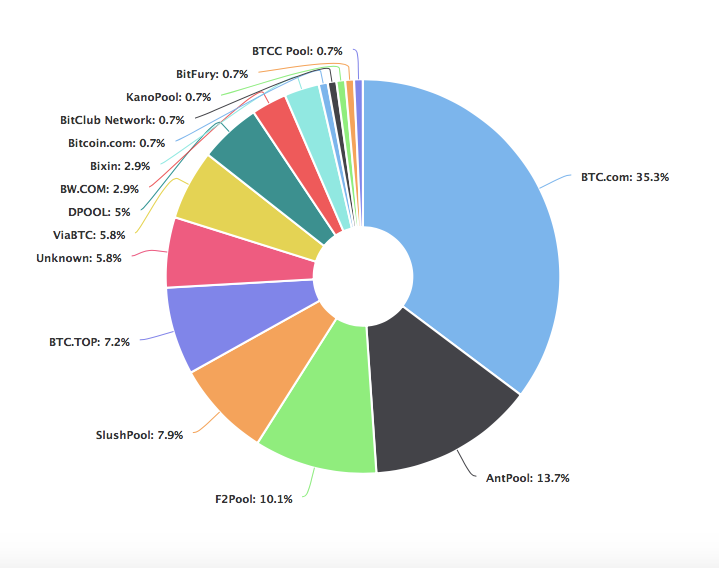In January 2018, breakeven price of BTC mining for large Chinese miners was $3,9k at discounted electricity rates ($0.03/kwh) and $4,8k at industrial wholesale rates ($0,06/kwh), which still makes BTC mining profitable.
That said, industrial retail electricity rate of $0,13/kwh is currently not profitable.
So, what would happen if the price of Bitcoin fell to completely unprofitable levels even for the largest mining companies, let’s say $1k, and they start fleeing the game?
Majority of past analysis predicted that scarcity of BTC supply will be raising the price of Bitcoin, thus keeping it profitable for miners regardless of decreasing block rewards and increased difficulty. At bearish times like this we can see that this doesn’t have to be the case for extended periods of time.
Many were also implying that BTC bottom price should be equal to breakeven mining price. However, the price of Bitcoin is not really a subject of Labour Theory of Value, but rather of Subjective Valuation. Its value is whatever someone will pay for it, regardless of the effort and money that went into producing it.
When Bitcoin price falls, those who mine with the highest electricity costs are first to drop out. With each price fall, more miners stop mining, depending on their breakeven point. Downward trend increases centralization and possibility of 51% attack by the largest pools. Here’s a screenshot of today’s hashrate distribution:
Bitmain’s pools BTC.com and AntPool own 49% of hashing power.

Bitmain probably doesn’t have any reason to abuse the network, however, acquiring 51% of hash power is worrisome because it opens up the possibility for abuse. Think of the potential malicious Bitmain’s employee, hacking or unintentional abuse.
But let’s assume that 51% attack won’t happen and go back to the price of Bitcoin and the possible situation where there’s a substantial drop in miners. If the network hash rate is low and the time taken to discover a new block is more than 10 minutes, then the network will reduce the difficulty level proportionately to decrease the block discovery time. So, the fall in hashing power will decrease algorithmic difficulty, which means that the remaining miners can mine more with less hashing power, which should keep the rate of production steady.
That said, algorithmic difficulty is adjusted aprox every 2 weeks (2016 blocks), which is ok if there’s a gradual price drop. However, certain issues could arise if there’s a sudden drop of BTC price, let’s say, from $6k to $1k in just 3 days, because of the long period before the difficulty is adjusted. What could happen in those weeks during which we would have very few miners handling high difficulty algorithms? Please note that this period could be much longer, due to maximum change in block difficulty per 2016 blocks. In this case where we, let’s say, lose 83,34% of the hash rate, it would probably take 4 weeks to be completely adjusted (because of the “Factor of 4” in retargeting adjustments).
Even though this period would be extremely unprofitable, I believe there’s no possibility of all miners quitting, because majority of them are heavily invested, e.g. in equipment. Some of them would be ready to mine at a loss for certain period of time, knowing that the difficulty would be adjusted at some point. Plus, they have lots at stake. There would be less hash power, which means it would take a lot of time to validate transaction. Transactions would pile up and the whole network would function a lot slower for couple of weeks.
Satoshi could have come up with better solution for the frequency of block difficulty adjustment, as this kind of situation would provide huge losses for the most persistant miners, scare and drive others out of the business all together, making the network more centralized and susceptible to 51% attack.
Please give me a follow and I will give you a follow in return and possible future votes!
Thank you in advance!✅ @hodlmodel, I gave you an upvote on your post!